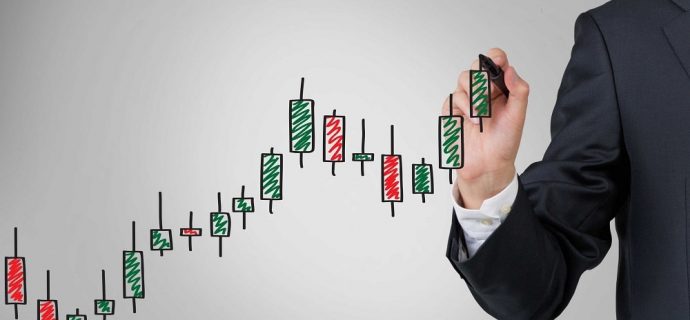Strategies for Active Trading

Active trading is the term used to describe the act of buying and selling securities on the basis of short-term movements, which differentiates it from buy-and-hold selling, which is more about entering into a trade as a long-term investment.
Whilst buy-and-hold traders tend to ignore short-term movements in price, to the active trader they are integral to their strategy. Profits are made by making a quick sale at the point at which the securities can deliver up the best price, before the trader moves swiftly on to a different position.
Day and Position Trading
When securities are bought and sold in the same day this, unsurprisingly, is simply known as day trading. Historically this was almost exclusively the domain of experienced, expert traders but with the advance of quick-fire, electronic trading it has become increasingly enjoyed by novices too.
Position trading, by contrast, effectively straddles the two concepts of active and buy-and-hold selling. It employs a variety of methods to try to determine the trend of the market over a period of days or even weeks. Once a plateau is considered to have been reached, the position or trend trader will sell at a profit.
Scalping and Swing Trading
Scalping works by making the spread, or buying at the bid price and then selling at the ask price, the profit being the difference between the two price points. Scalpers will hold their positions for only a short period of time, thereby reducing any risks associated with the strategy.
Swing traders buy or sell at a point of volatility. Trades generally are held for more than a day but not usually for as long as those associated with position trades. A set of complex algorithms tell the trader when it is appropriate to buy or sell a security.
